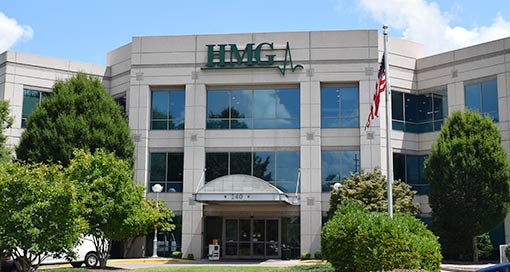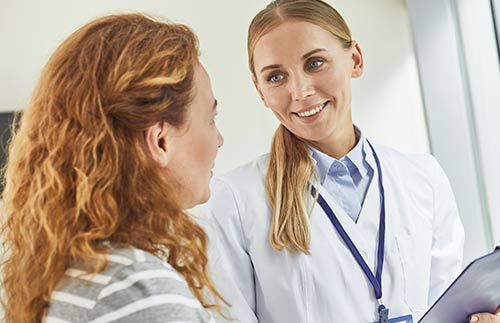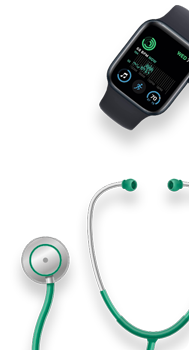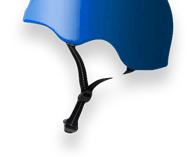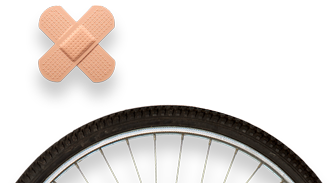Welcome to Sapling Grove Endoscopy Center, where our medical team provides personalized quality care in a comfortable atmosphere. An upper endoscopy is a safe procedure that offers many health benefits to you. A colonoscopy can be a life-saving experience. Don’t let fear or myths stop you from taking an active role in your health. Our goal is to make your procedure as stress-free as possible. Learn more about how these procedures make a positive difference in your health.
Endoscopies & Colonoscopies Find Diseases
An upper endoscopy uses a lighted thin flexible scope with a camera to look inside your upper digestive tract. Organs examined include your esophagus, stomach, and upper part of the small intestine. Some of the reasons that doctors recommend an endoscopy include:
- Difficulty swallowing that may be due to the narrowing of the esophagus
- Persistent stomach pain
- Ulcers
- Suspected bleeding
Colonoscopies are another type of endoscopic examination available at Sapling Grove Endoscopy Center. This procedure uses a scope to look inside your rectum and colon. This life-saving procedure can detect and remove polyps to help prevent colon cancer. In addition to detecting polyps, a colonoscopy also shows problems with tissues, ulcers, and cancer. While a colonoscopy is a recommended screening in your wellness program, frequency is based on family history and your level of risk.
It is normal to feel anxious when you are facing an endoscopy. Most people find the procedures much easier than they thought. Knowing what to expect and how to prepare makes a world of difference.

Preparing for endoscopy & colonoscopyThe checklist covers typical guidelines before an endoscopy to ensure you’re prepared.
The Sapling Grove Endoscopy Center Difference
Traditionally, room air is used to inflate your GI tract during an endoscopy. This can cause discomfort, pain and bloating following your procedure. That’s why we use CO2 (carbon dioxide) to reduce the uncomfortable aftereffects. Because CO2 is absorbed more quickly, patients typically have less nausea and bloating discomfort. It is safe for adults and pediatrics. Research also shows that even patients with pulmonary diseases tolerate CO2 well.



